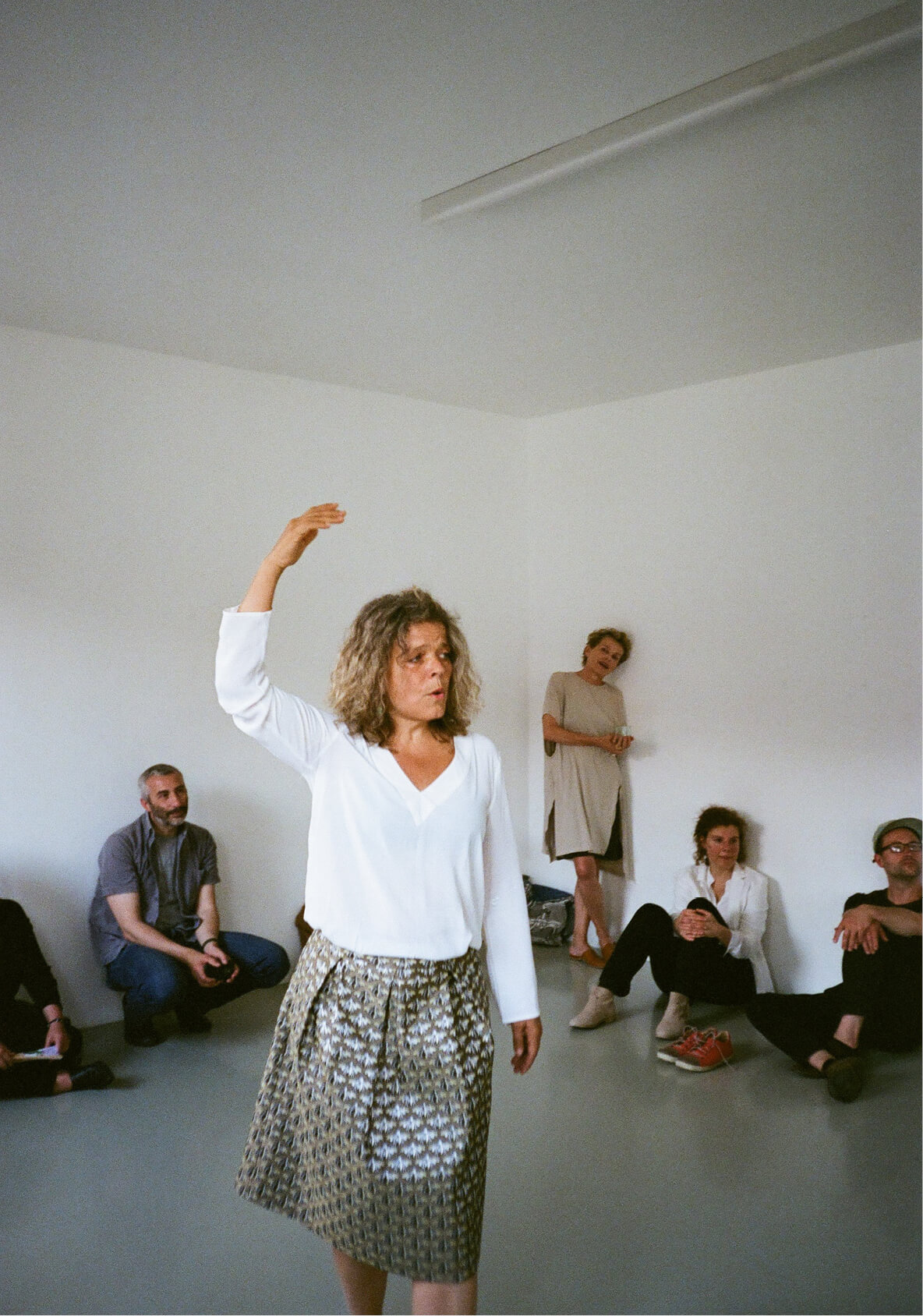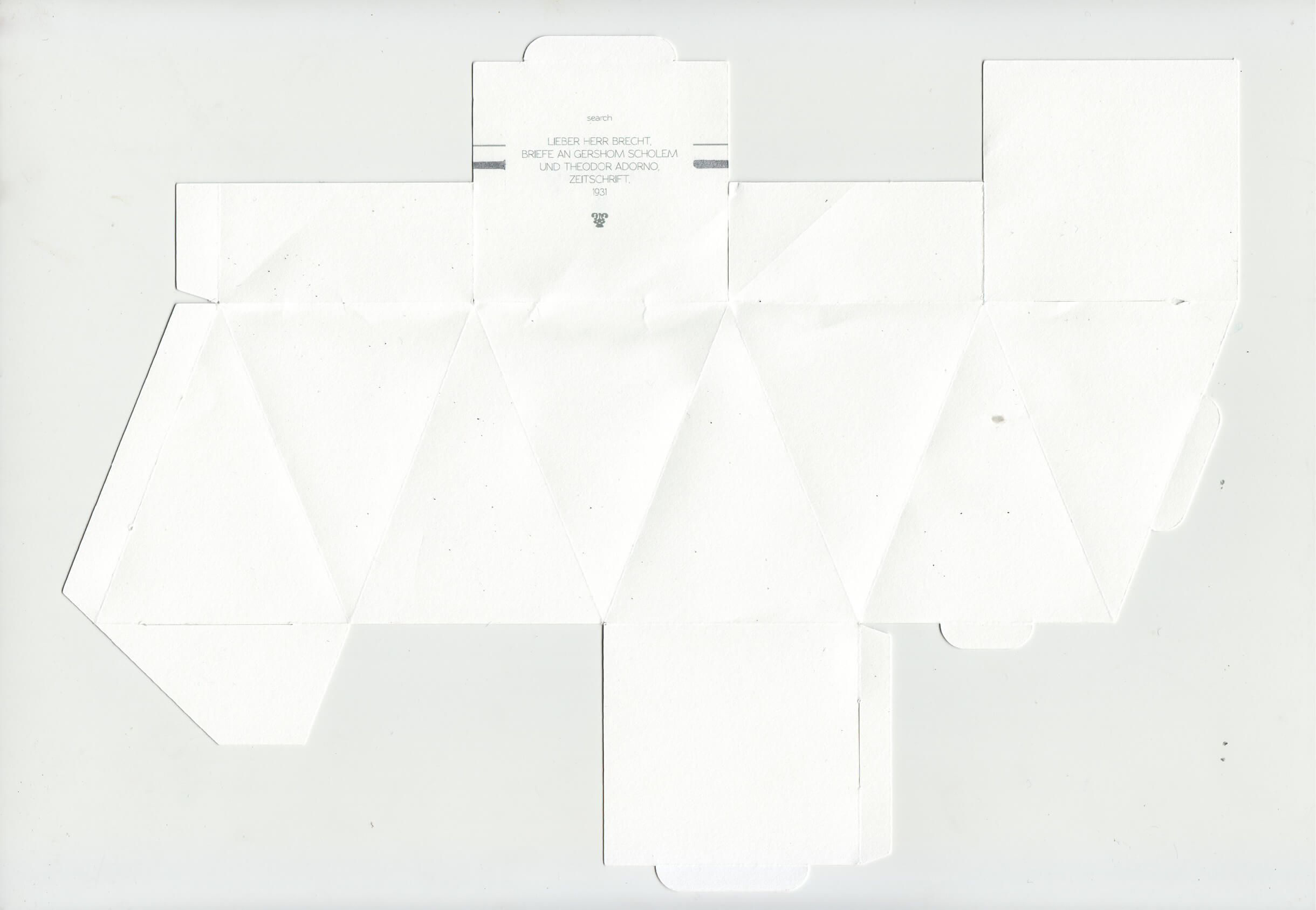>
Crisis as Ideology
Year
***last edited 24 01 2018
Location
Kunstraum Niederösterreich, Vienna, AT
Exhibition
Crisis as Ideology
Format
Spatial Concept / Display Sculptures
Material
Monobloc Chairs, Polypropylene Webbing, Paper Models: Inkjet Print and Metallic Marker on A4 paper, Edition of 192
Dimensions
ca. 114kg
Curator
Anamarija Batista, Karolina Radenković & Dejan Kaludjerović
Production
Anastasiia Bolotkina, Saifali Rangwala, Claudia Slanar and Alexandra Wanderer
Commissioned as the display design of the exhibition ‘Crisis as Ideology?’, two discreet sculptural works were produced that applied pressure to the definition and role of ‘exhibition architecture’ through their scale, self-containment, and use. Developed in collaboration with Anamarija Batista, 8 Reading List Prototypes is a series of empty product containers that replace the form of conventional reading lists and handouts by populating the floor and being ambiguously free for the taking. Branding a selection of texts and authors focused on the topic of crisis, each container has a set of search terms printed on its interior that at the time of the exhibition opening, if entered in full, yielded the original essay or text as the top hit on Google. __In contrast to the empty product boxes, selected Monobloc models were tied together in small groupings with material used for managing crowds and queues. The process of being strung together by sitting on the chairs was a zero-sum scenario, where space was treated as a finite quantity. In order to gain personal space, visitors had to take it from somewhere, and someone.

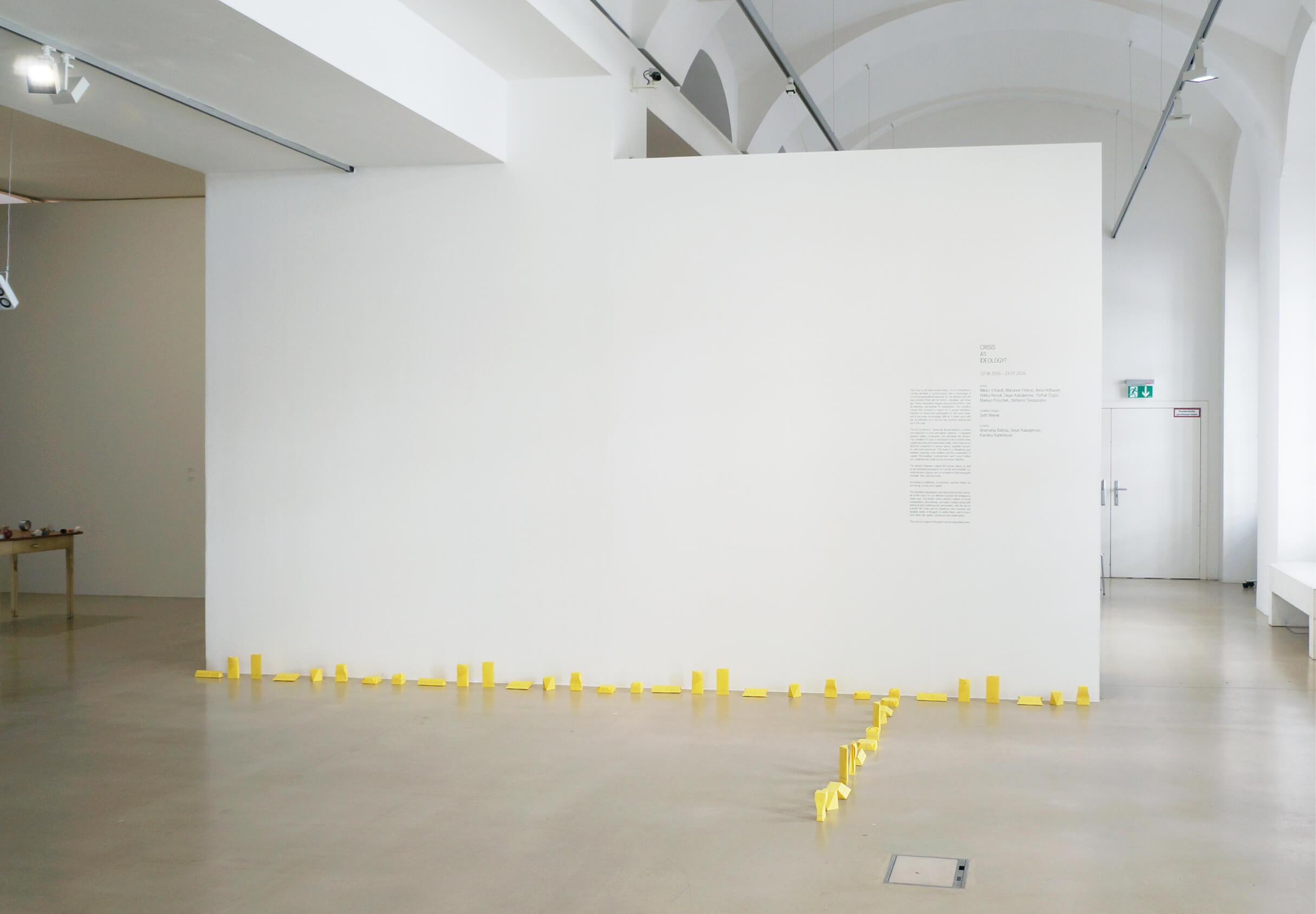
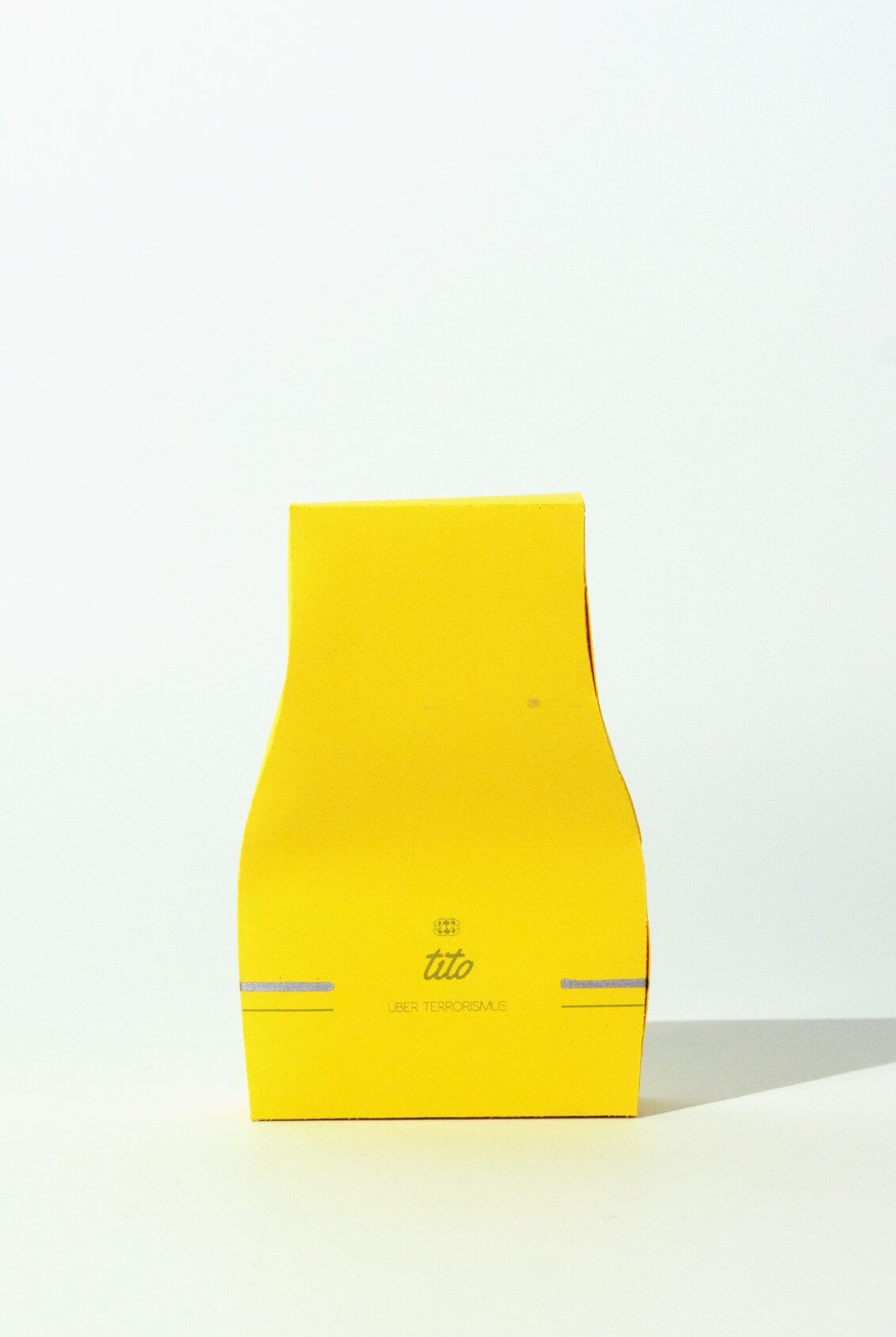
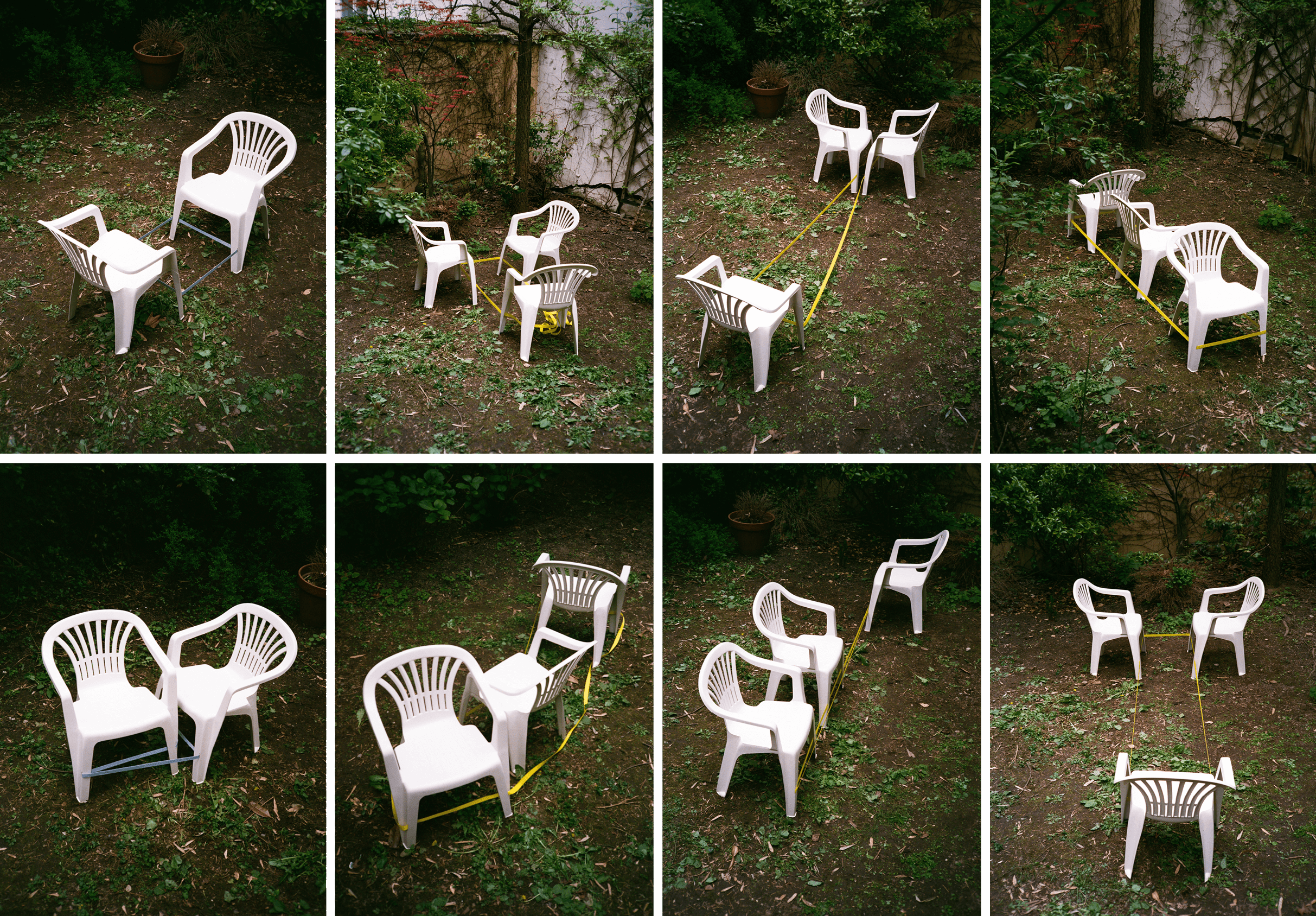
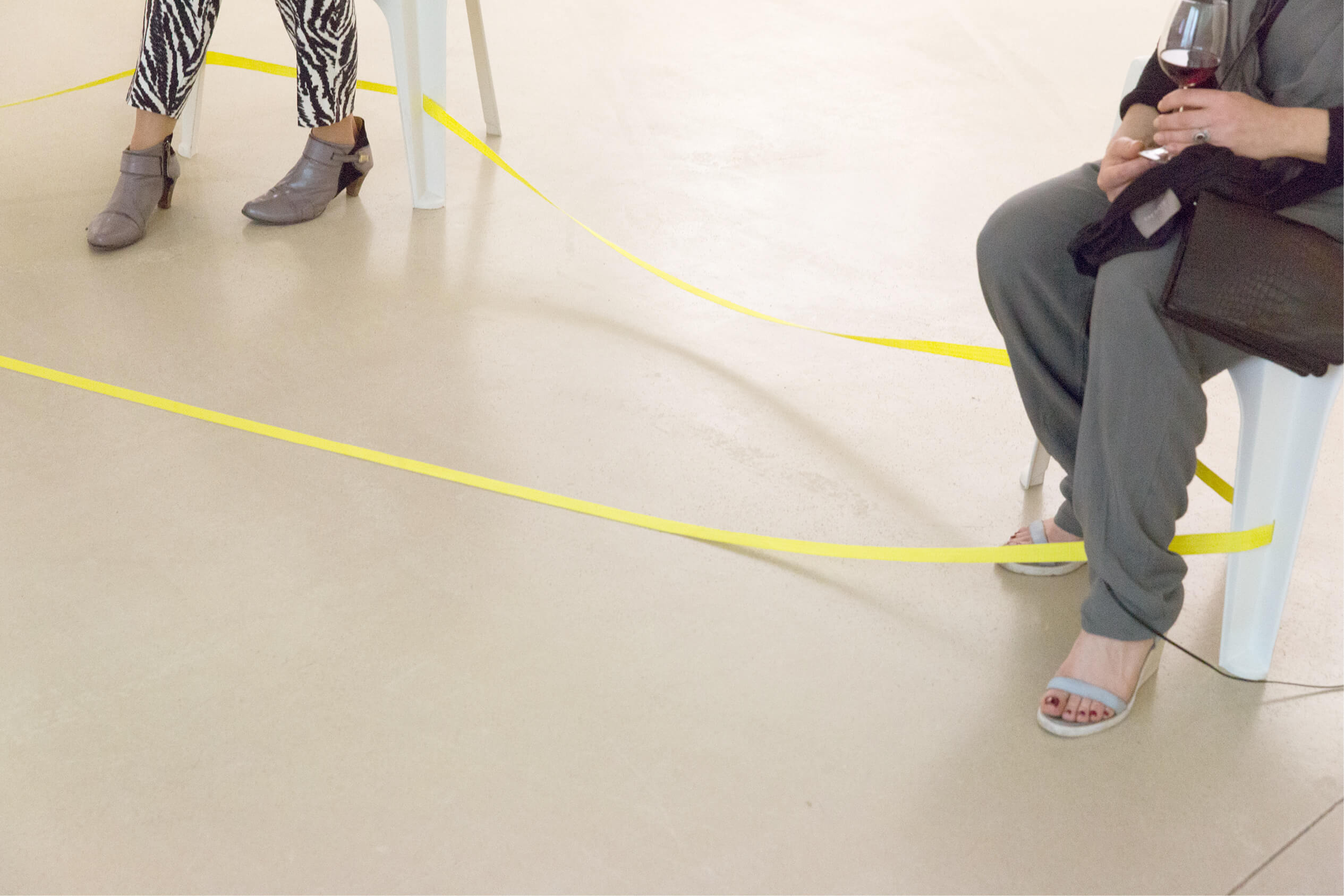
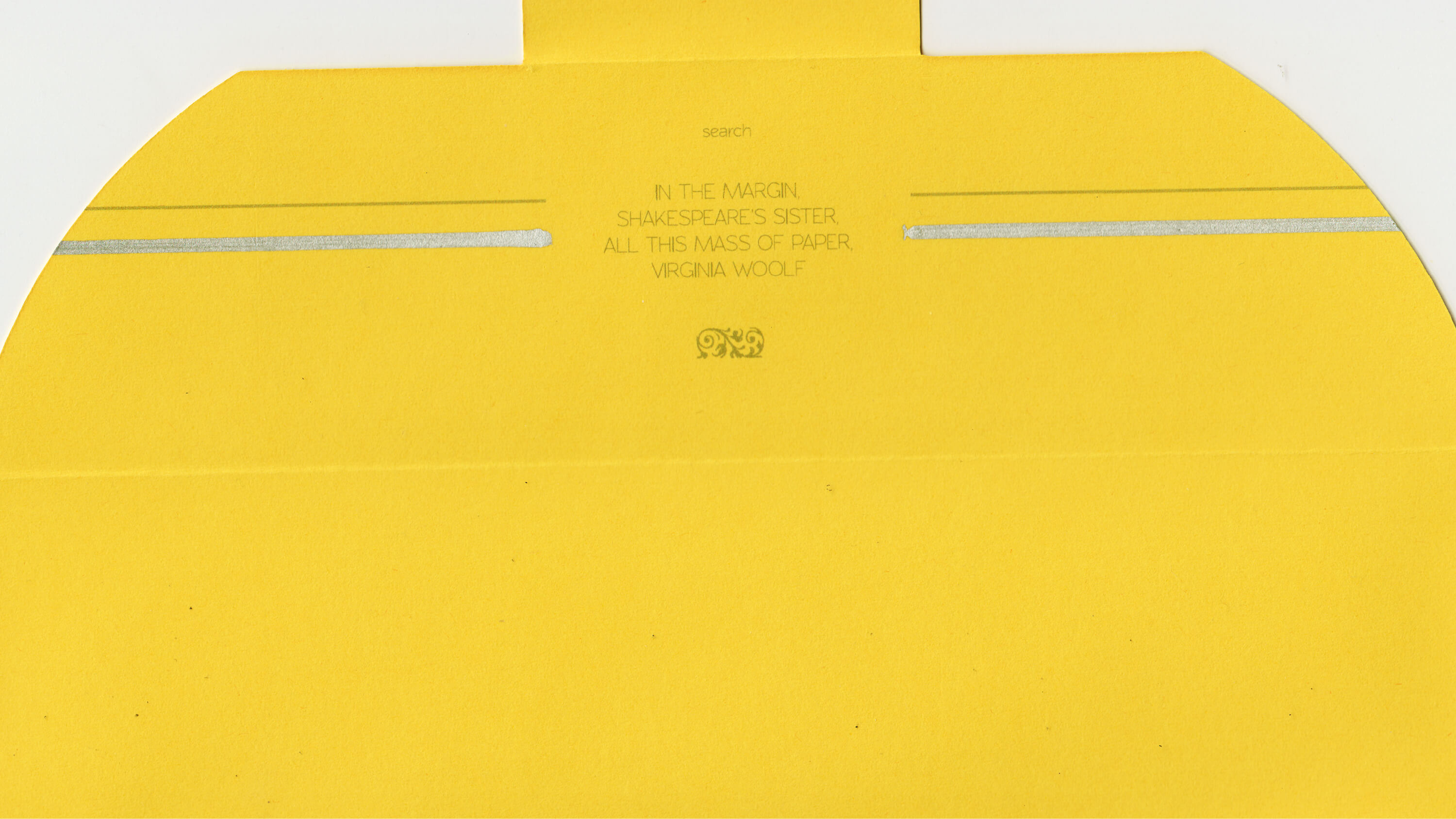
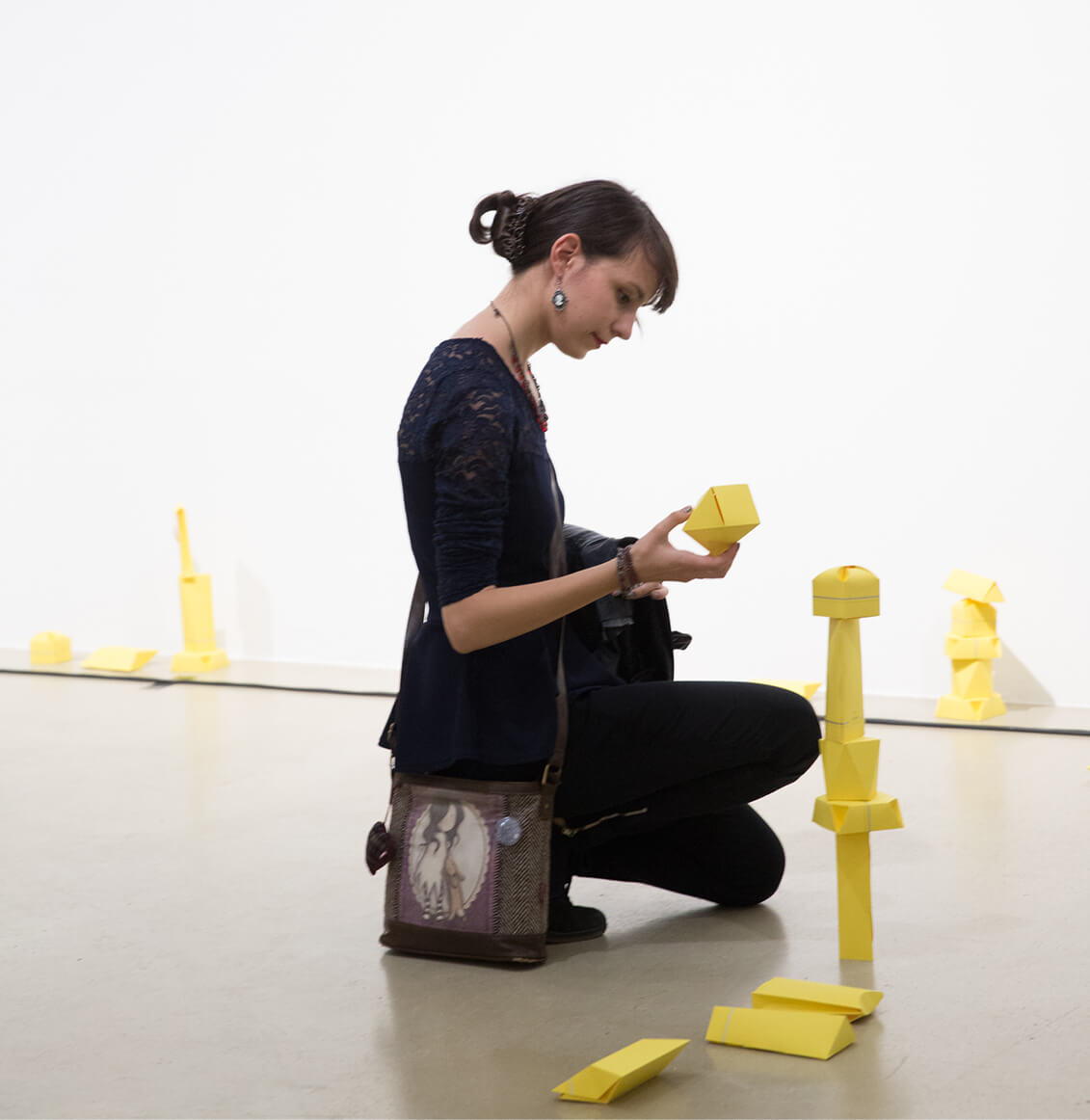
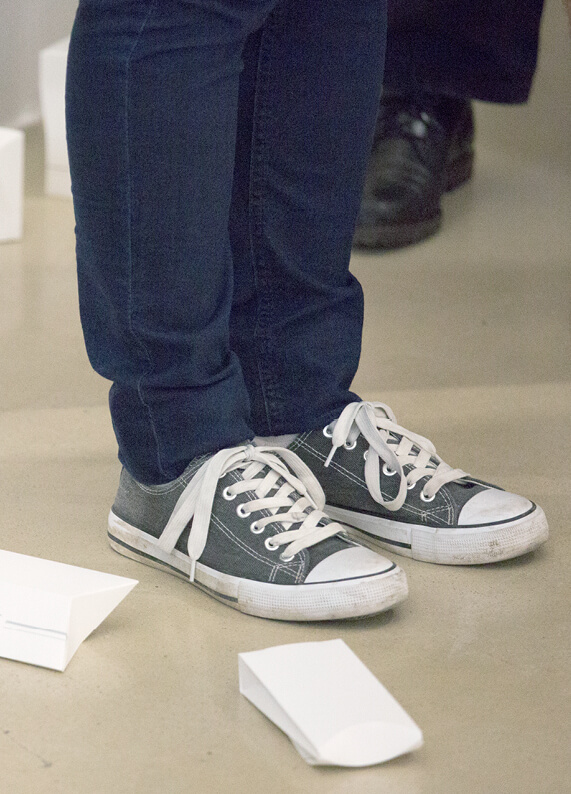
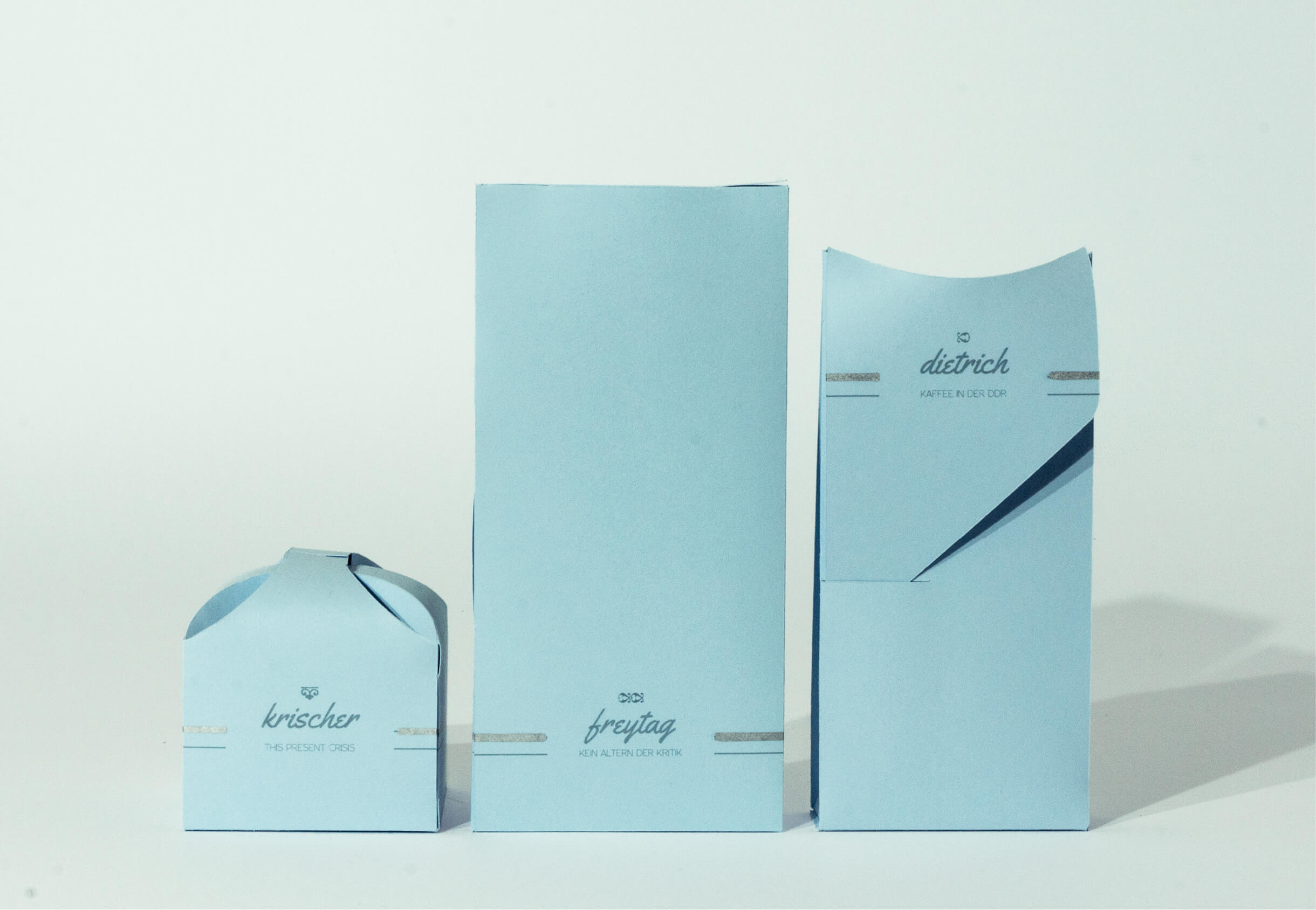
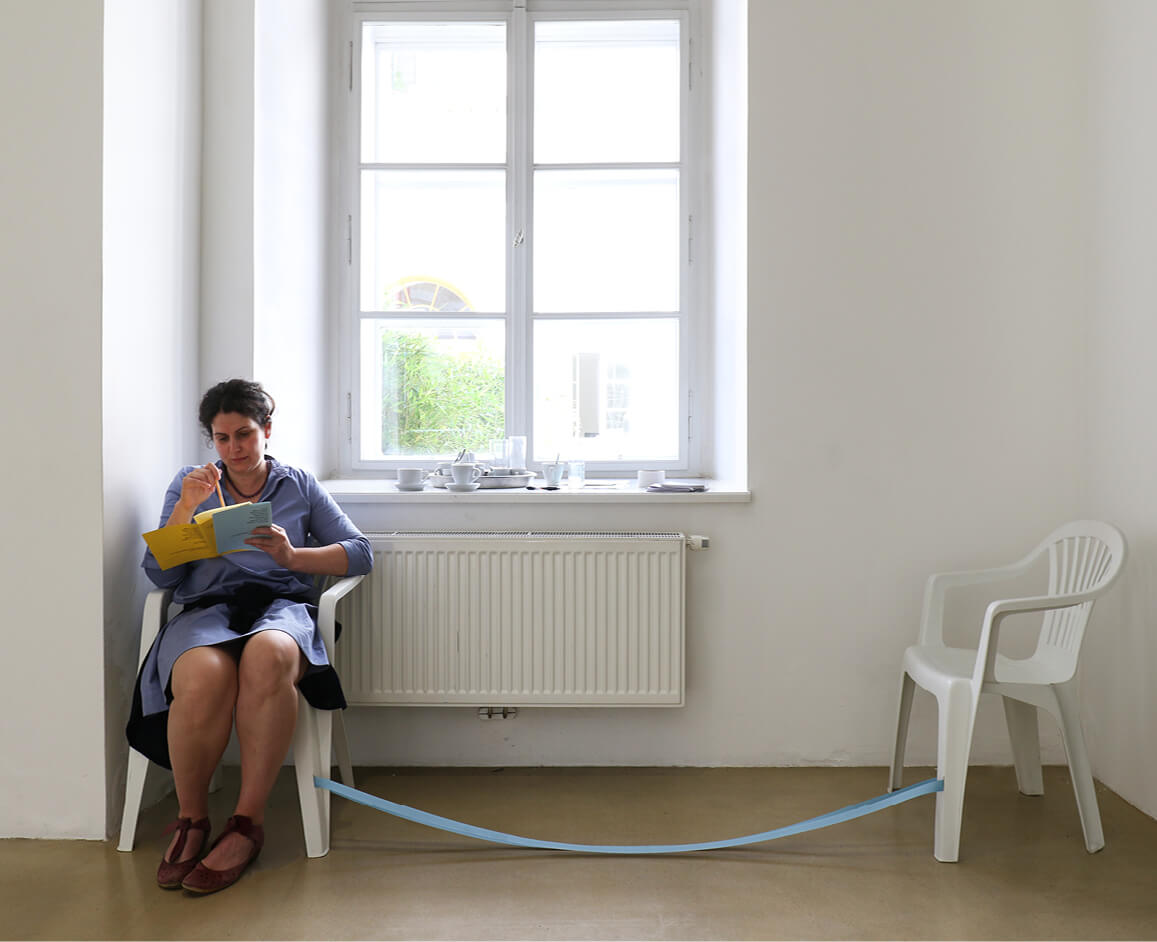
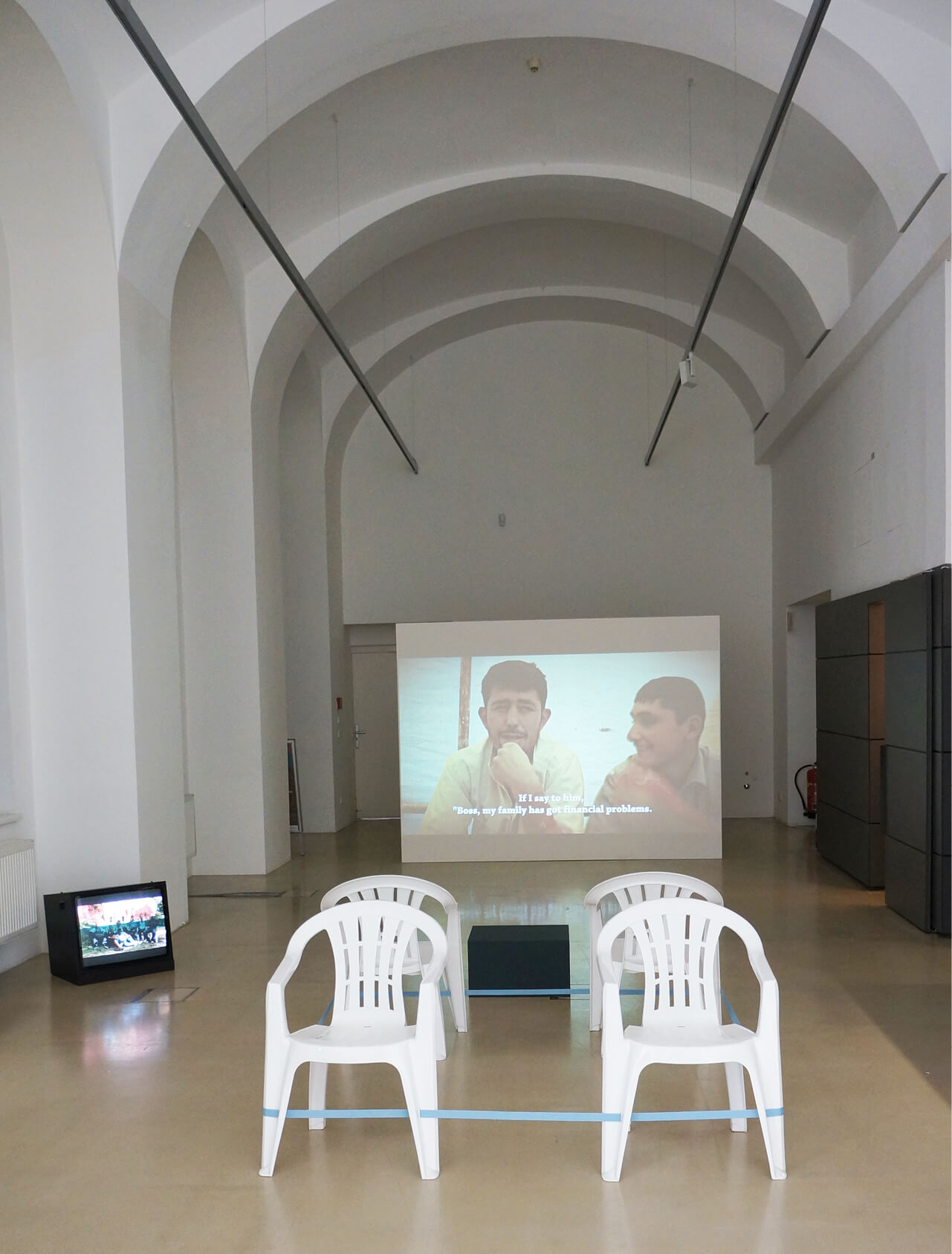
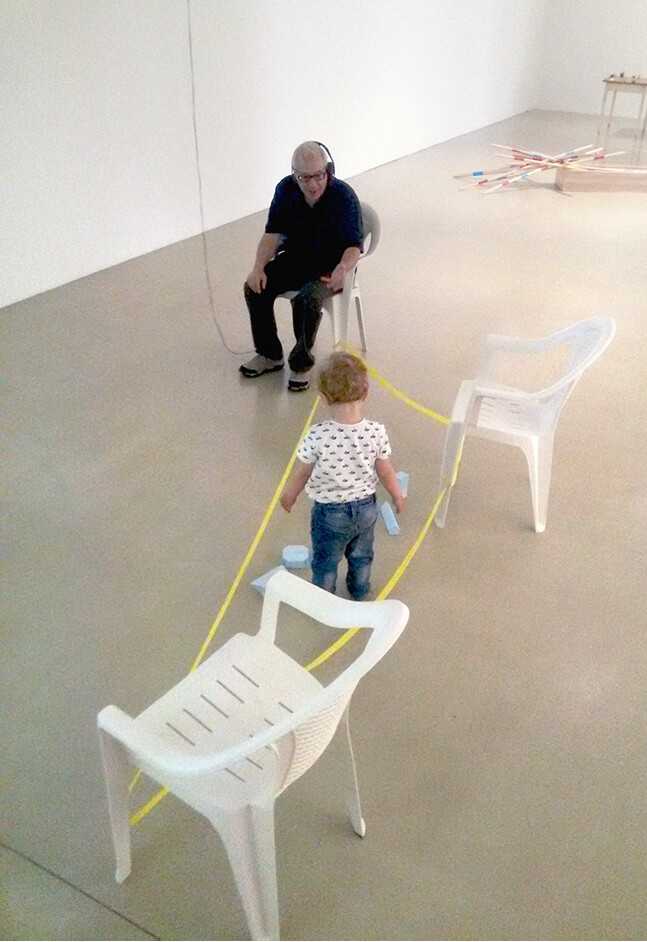
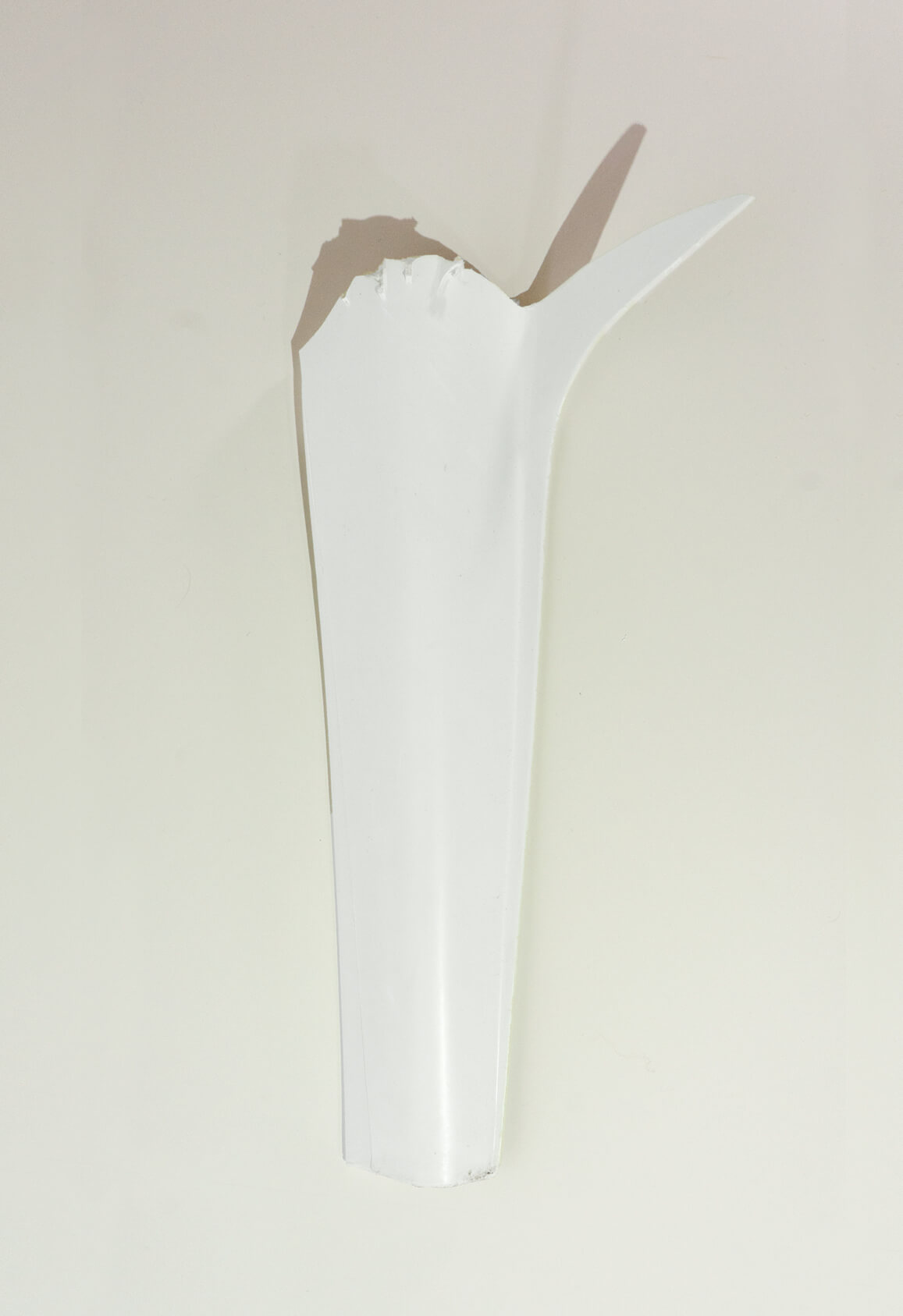
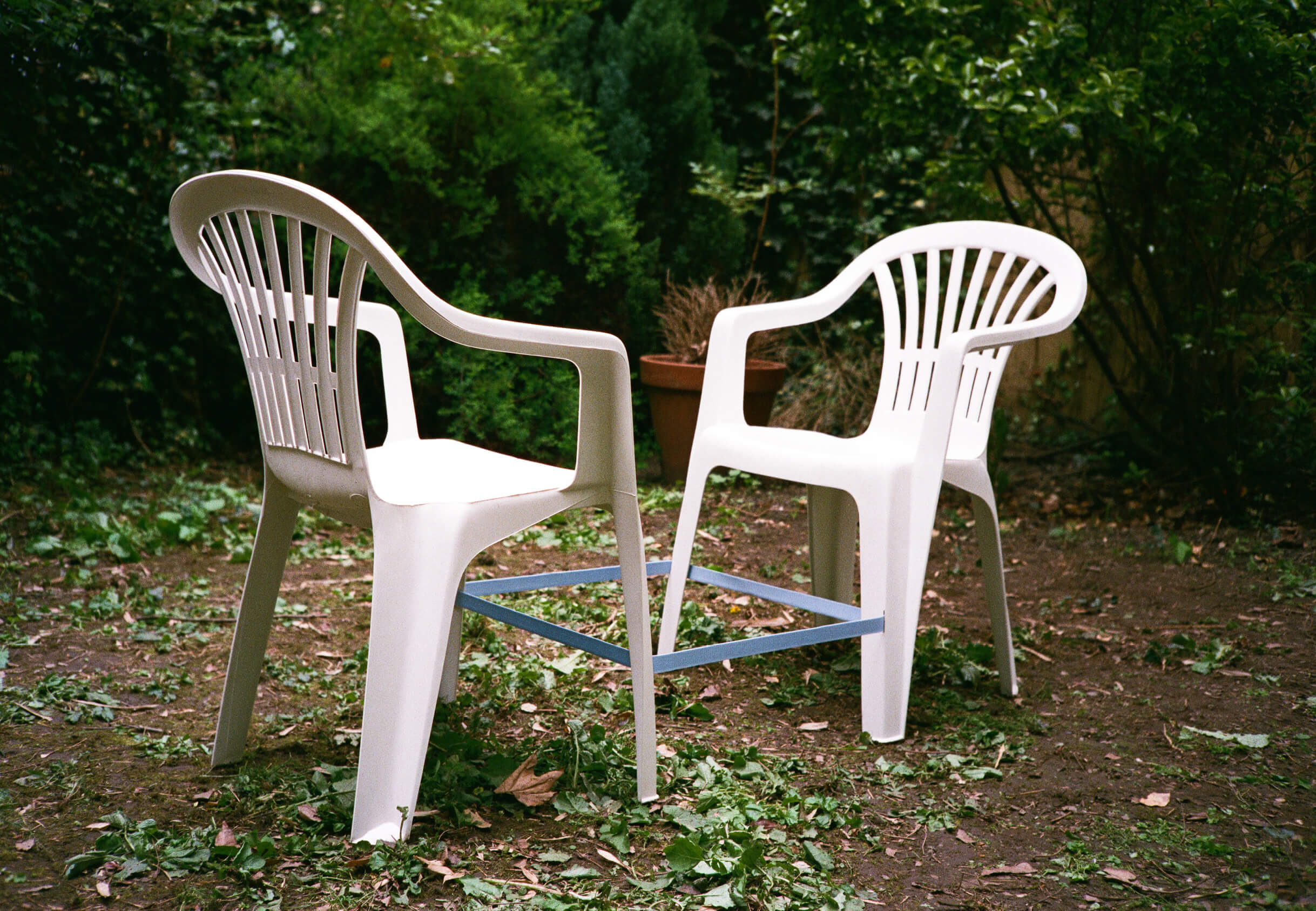
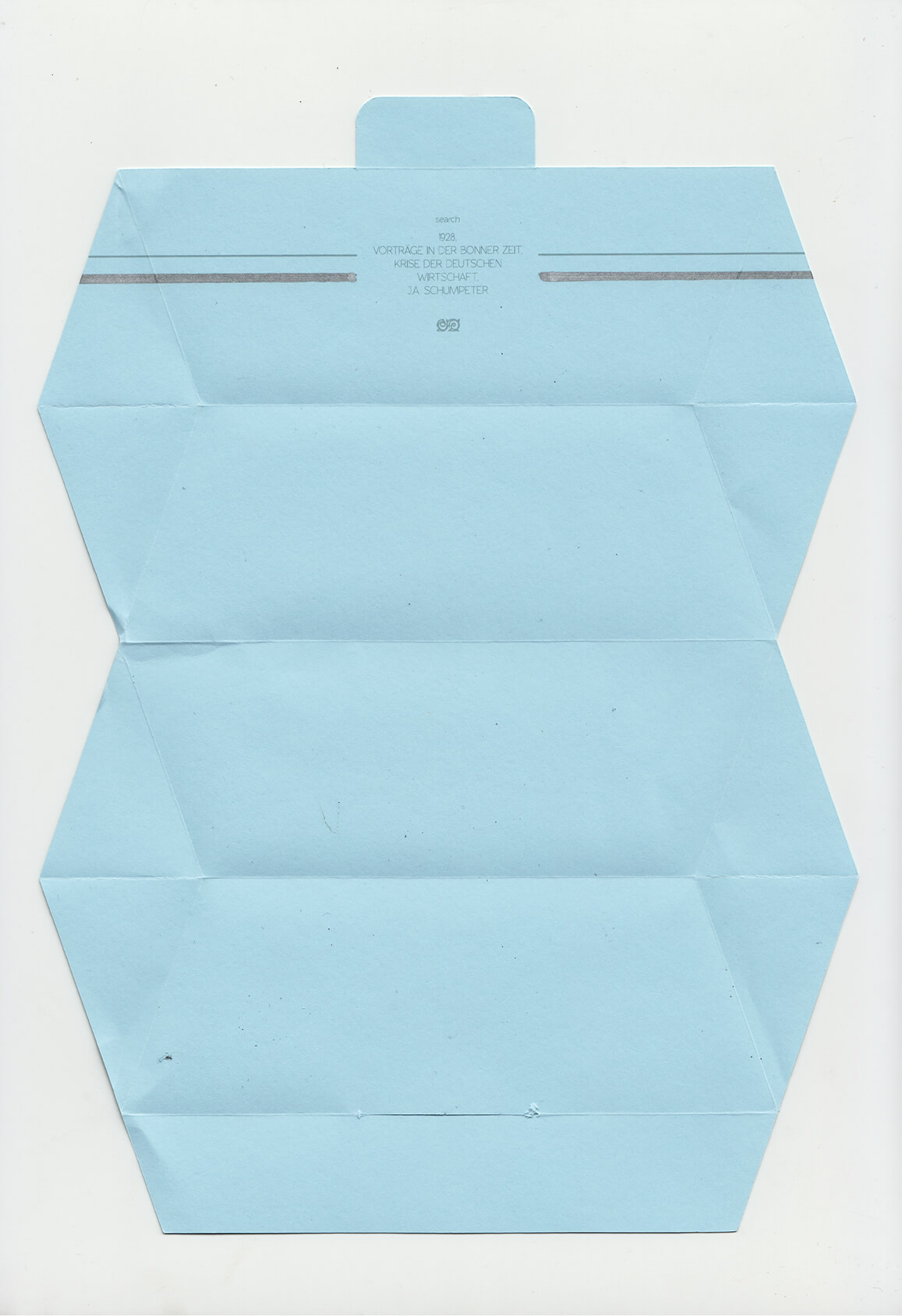
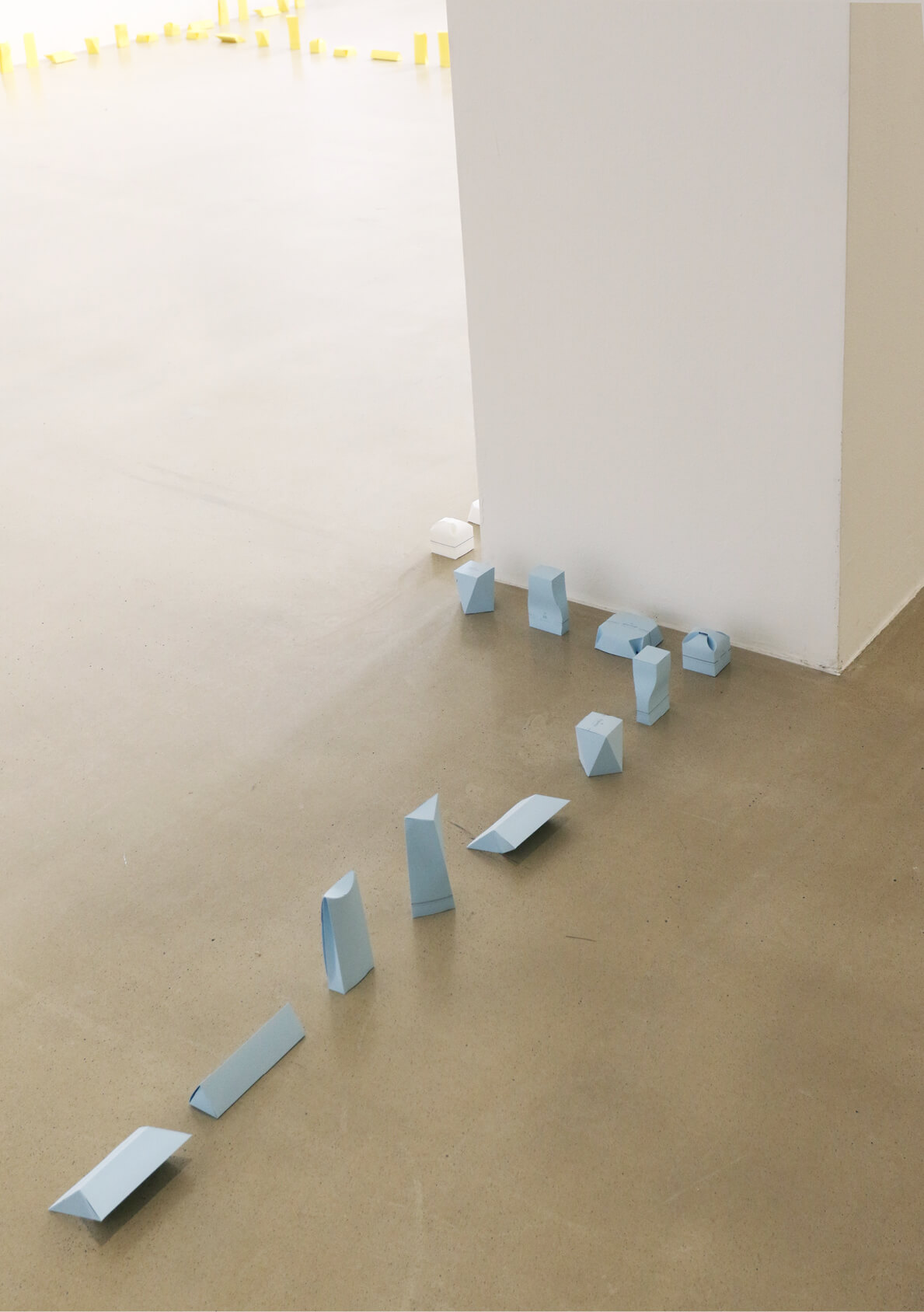
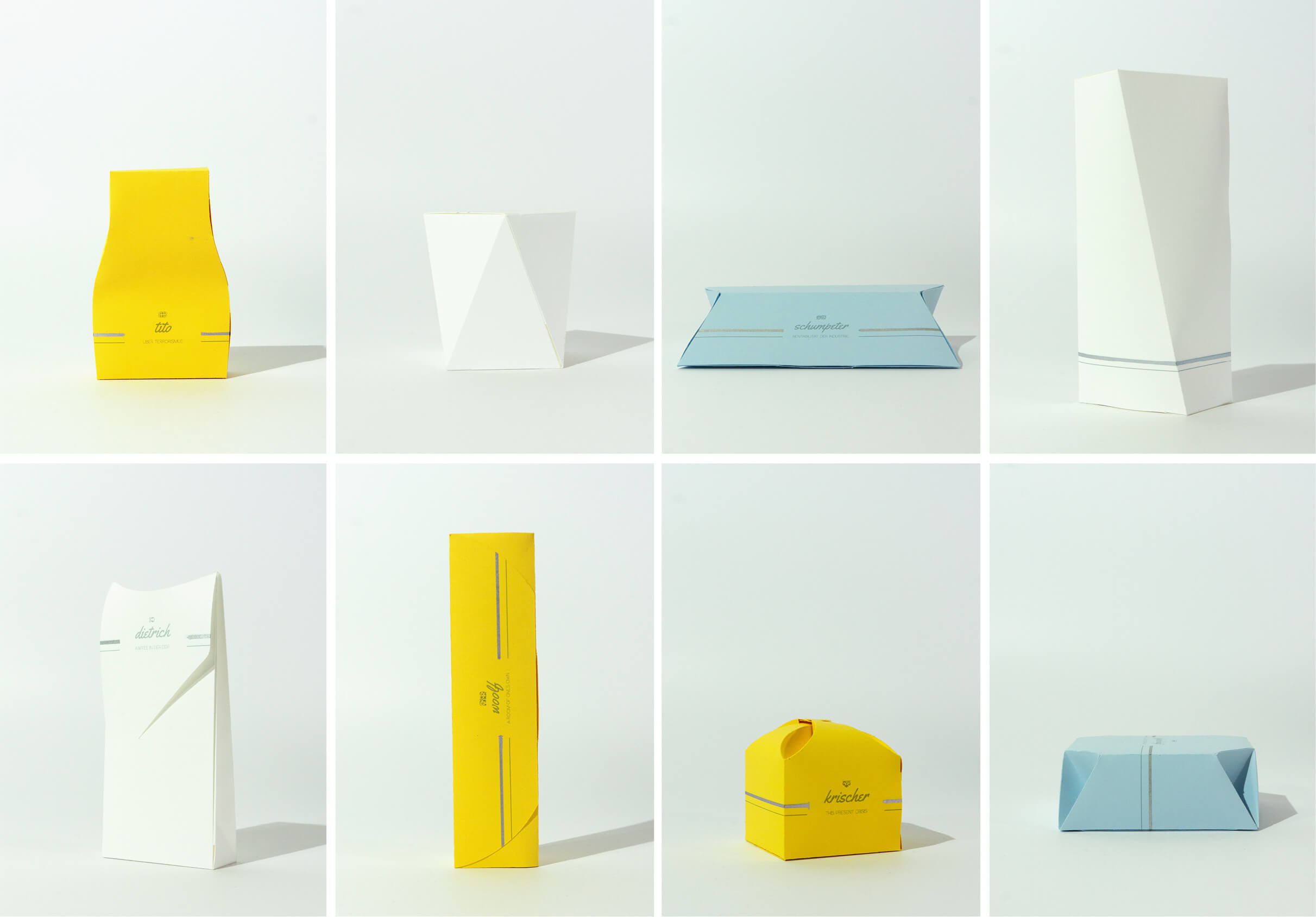
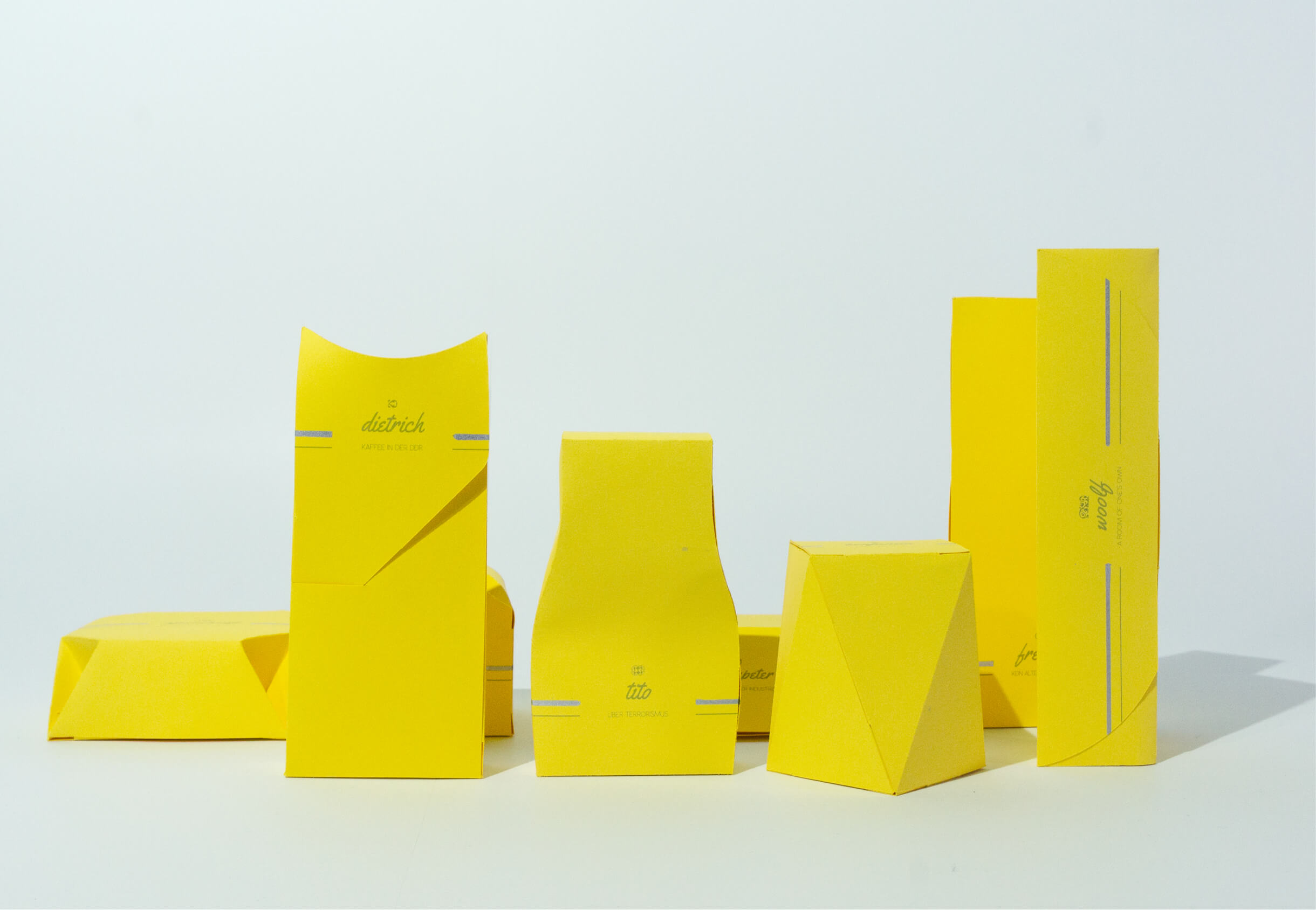
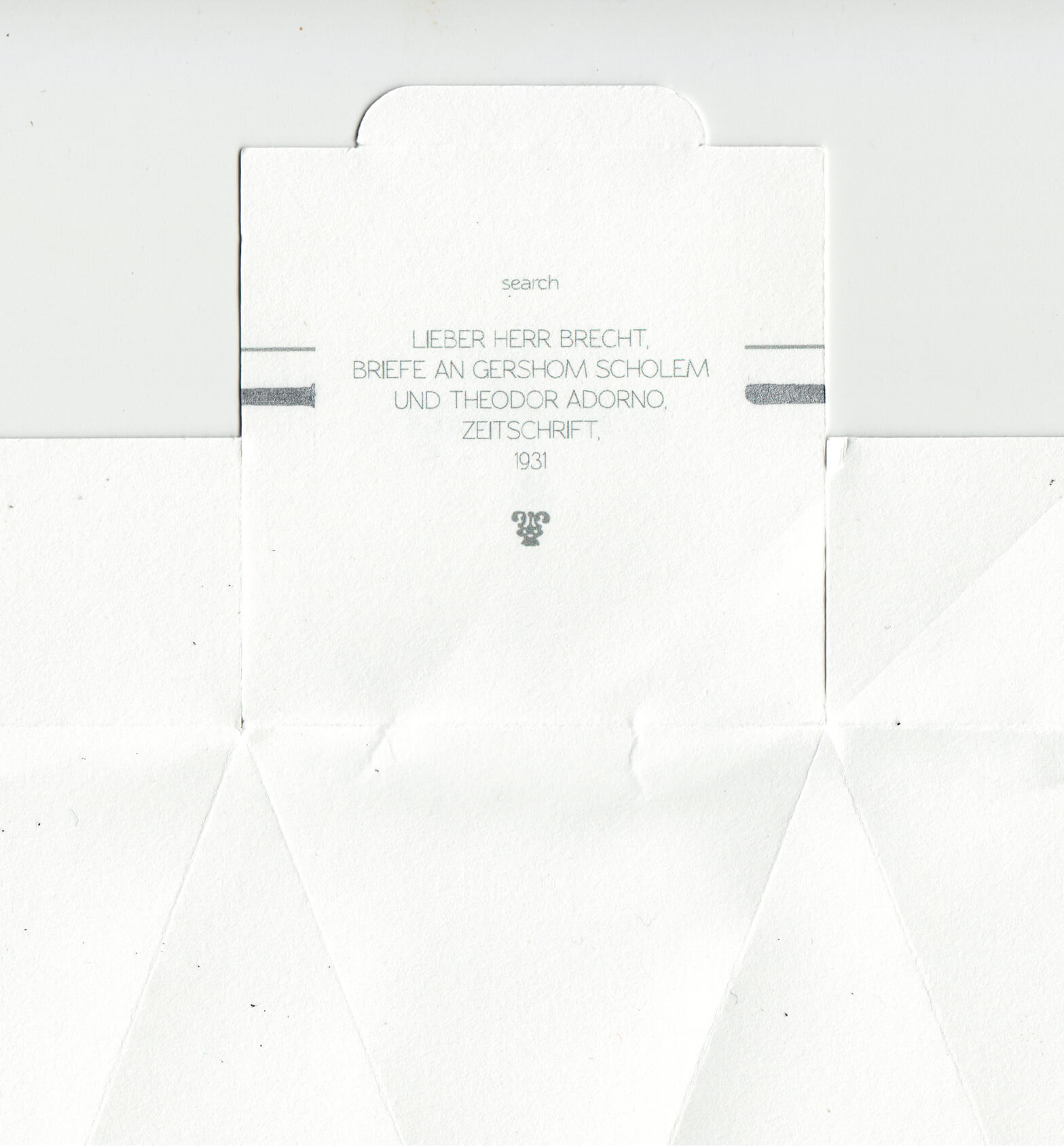
Search:
“this present crisis“,“Zur Semantik der Krise”,“politischen PublizistikGroßbritanniens im 18. Jahrhundert“, “André Krischer“ “Wien im erstenWeltkrieg“, “1918“, “Der jüdische Kriegsgewinnler“, “Versorgungskrise“ “1928”,“Vorträge in der Bonner Zeit”, “Krise der deutschen Wirtschaft”, “J.A.Schumpeter” “In the Margin”, “Women and Fiction”, “All this Mass of Paper”,“Virginia Woolf” “Lieber Herr Brecht”, “Briefe an Gershom Scholem und TheodorAdorno”, “Zeitschrift”, 1931” "Prijedor, 10. September 1972“, “Izrael činine čini sam sada“, "Munich Olympics”, "Josip Broz Tito“ “Trümmerlandschaft”,“Die Paralyse von Kritik”, “Gesicht der gegenwärtigen Krise”, “Tatjana Freytag”“Kaffeeversorgung”, “Ein Politikum ersten Ranges”, “Anne Dietrich”
Monoblocs want to be repeated. They travel. Their molds have been copied and altered one pour of 220 degree Polypropylene at a time. I’ve seen artists do clever things to them, I’ve seen them chopped, mirrored, made in porcelain and punctured with thousands of holes. I’ve seen cafes and government waiting rooms add them to their interiors. I’ve seen museums devote hours of debate to uncovering their authorship and the seamy labor conditions of their fabrication. I’ve seen them in the middle of forests, thrown into the ocean, populating concrete, next to highways, hotel rooms, beside pools, waiting upon porches, parked in driveways, and in the shadows of historic monuments. Post-industrial dandelions, they spread throughout regions faster than the population itself. My dad says he doesn’t give a shit about the lawn yet somehow throughout the milder seasons of the year a man wearing headphones rumbles around the boundaries of his property on a riding mower. When I was young I hated yard work. I still haven’t discovered the meditative transcendence that’s attached to the sustained euphoria of maintenance. Maybe, like Detroit, this is for later in life. Along with his patience, my dad’s lawn has receded almost imperceptibly over time. Perennially, his moods emerge from the dirt almost miraculously, but never in sync with those in close proximity.----------I don’t remember the specifics of our patio’s transformation; it was more of an extended pivot point. My brother and I were just arriving at the severe era of wait and anxiety surrounding sexual and psychical release, our parents aging in a parallel crisis marked by the onset of middle age and a newfound access to materialism. The arrival of monoblocs to our suburban home was so gradual that they could have easily drifted alongside of snowflakes while we were inside ignoring our surroundings.--------------------------------Monoblocs want to live outside. They stack, conform to table settings and occasionally are allowed indoors. I’ve always enjoyed leaning back in them until they feel almost like jelly, but have never seen one buckle under the pressure of leisure. Even though their natural habitat seems to be under the stars they are let indoors for special occasions. My parents still have a few Monoblocs which migrate between the front porch and back patio. Soon they’ll be replaced by the plastic wicker variety though, it’s happening everywhere else outdoors. One of the chairs sits staring at our grill with its back against the cedar façade of the house. Another is transitory; moving between various positions but never beyond the edge of the wooden deck or onto the lawn. A third is stuck on the fringe riding the brick patio and faces outward like a guard dog. On the front porch there’s a lone green one that never leaves or even moves positions and is faded from the sun reflected by passing cars. A stack of them sits inside of the screened patio, gathering around a glass table in anticipation of a conspiracy. There are three different typologies in all. All of them hold time differently, aging at their own pace. Over the course of decades, my mom bought them in waves at the Kmart up the street on Saginaw Road. The other day, I passed it and an ambulance was parked out front. It’s now a sprawling patch of concrete, a memorial to an abandoned economy. Across the street there’s a new shopping center that was recently built. It’s slightly bigger and has a new generation of mostly the same types of stores that stare back at hollow versions of themselves.
